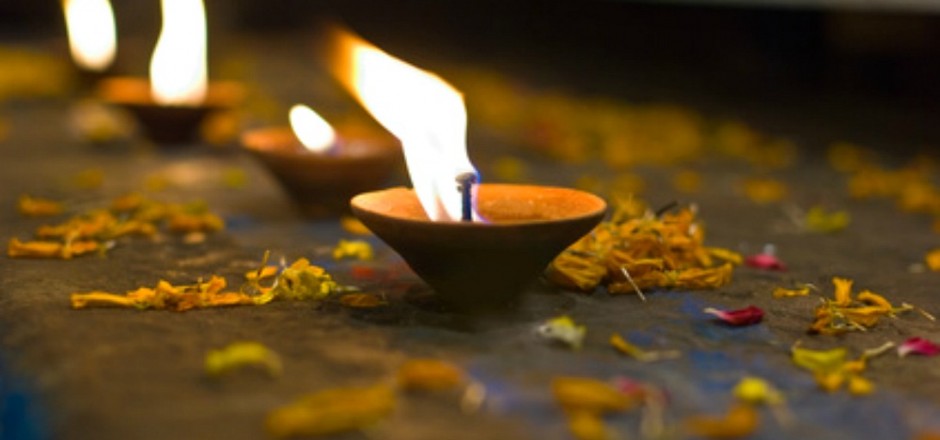 It is thought by many cultures that the process of breathing is the essence of being. A rhythmic process of expansion and contraction, breathing is one example of the consistent polarity we see in nature such as night and day, wake and sleep, seasonal growth and decay and ultimately life and death. In yoga, the breath is known as prana, or universal energy that can be used to find a balance between body and mind, conscious and unconscious, and the sympathetic and parasympathetic nervous system.
It is thought by many cultures that the process of breathing is the essence of being. A rhythmic process of expansion and contraction, breathing is one example of the consistent polarity we see in nature such as night and day, wake and sleep, seasonal growth and decay and ultimately life and death. In yoga, the breath is known as prana, or universal energy that can be used to find a balance between body and mind, conscious and unconscious, and the sympathetic and parasympathetic nervous system.
Unlike other bodily functions, the breath is easily used to communicate between these systems, which gives us an excellent tool to help facilitate positive change. It is the only function that we do both voluntarily and involuntarily. Breathing can be trained for both positive and negative influences on health.
The breath may be quick and shallow; it may be rough or smooth; subtle and refined; monitored or restricted and tense; it may be deep and relaxed, steady, calm and peaceful; or loose and free. As we become more aware of our breath, we become more aware of our state of mind.
To breathe Tantrically is the way we are biologically wired to breathe. If you watch a baby, they breathe deeply into their bellies. When they breathe in the belly goes out, then when they exhale, their bellies go in. Hardly anyone is able to maintain this sort of breathing without some sort of training… Most people have had enough emotional trauma by the age of three or four to be breathing incorrectly. When someone has pain or fear, the first thing they do is hold their breath. Then the flight or fight response kicks in and they breathe high in the chest. Over time, the body starts breathing like this all the time because of habit and a continual feedback loop of stress.
When you breathe deeply and correctly, you automatically stimulate the parasympathetic nervous system and your whole body gets to experience health and ease. Blood pressure drops, muscles relax, lungs work fully, the mind relaxes.
Conscious breathing not only provides a solid foundation for all the other kinds of breathing work, but it is also, in itself, transformational. It helps us cultivate inner stillness and presence. It also helps us be present without judgment or analysis.
Through becoming aware of how we actually breathe from moment to moment, through sensing and feeling how our breath shapes and is shaped by our emotions, our attitudes, and our inner and outer tensions, we liberate the wisdom of our body and brain to bring about subtle beneficial changes without any ego manipulation on our part.